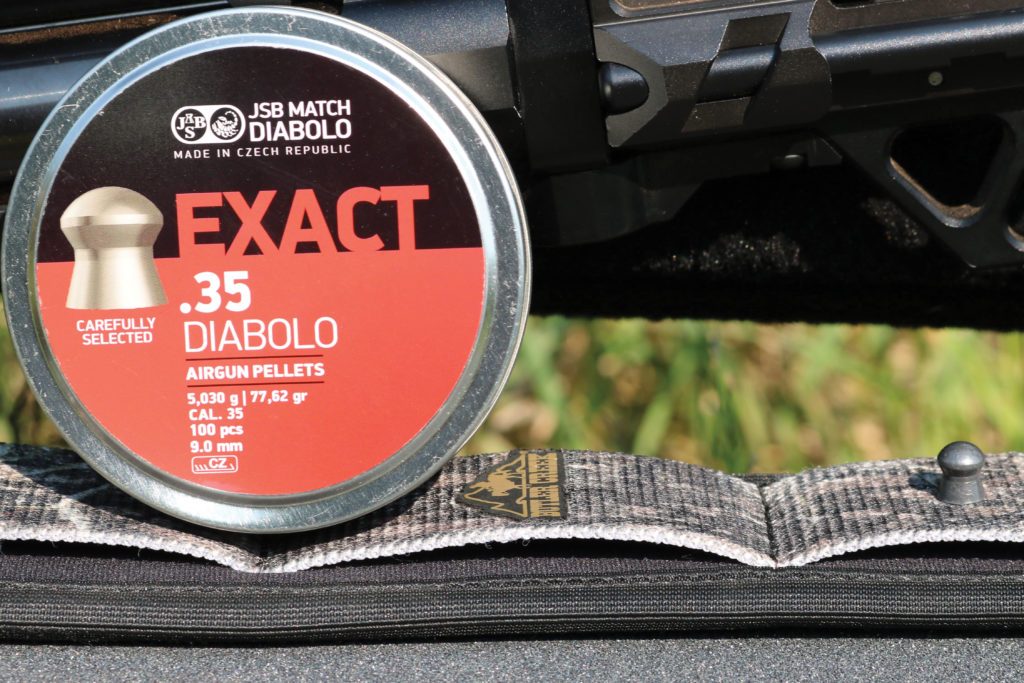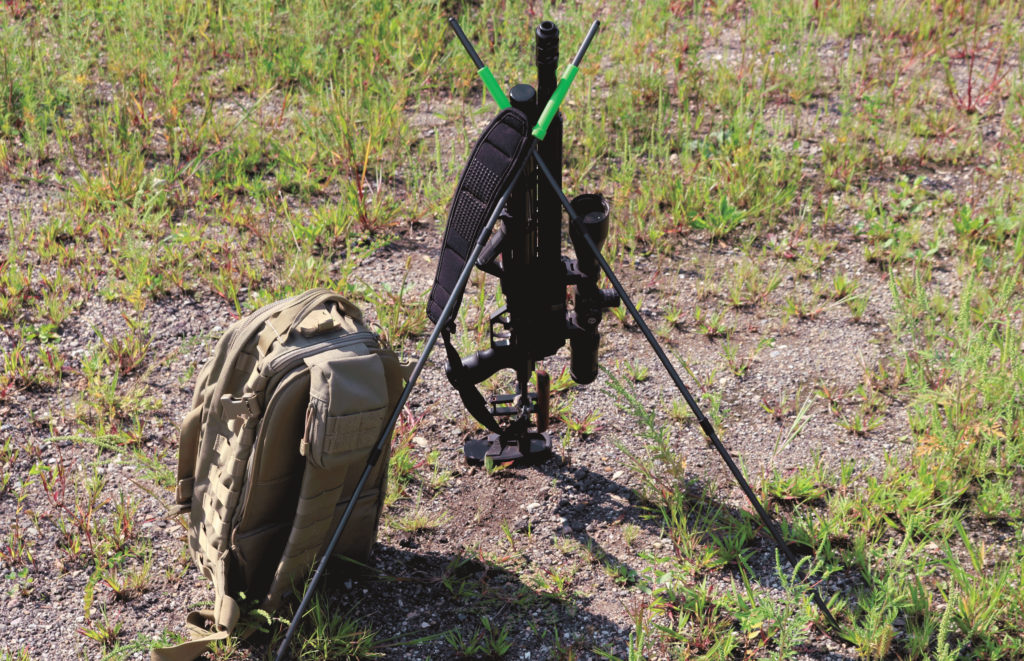
The author chose items like his ammo and the Primos Pole Cat sticks after a lot of in-field trial and error.
As I work my way through the year, my predator hunting rig is constantly changing. It’s not that I’m finicky, but I hunt for a lot of different species, in a lot of different regions of the country, using a variety of tactics. Additionally, as an outdoor writer I’m provided with the opportunity to use a lot of different equipment, and, as an unrepentant gear junkie, this is a dream job!
I want to tell you about the predator-hunting rig I use at home on a regular basis. This remains much more constant than the gear for travel: the same pack, lights, calls, gun, rangefinder, etc. I am intimately familiar with this kit, and it’s what I carry when the urge moves me to hit the field on short notice. While I love trying new equipment, there’s a warm and fuzzy feeling about knowing in which pocket of my pack each item of gear resides, or exactly where my trigger will break and where the pellet will land without having to think it through.
We’ve probably all heard the old chestnut, “Beware the man with one gun.” There is certainly an element of truth to this. Under the pressure of hunting, with time short and adrenaline pumping, an intimate bond with your equipment is a great asset.
1. Airguns
The rifle selected for my “go-to” kit is the Evanix Sniper Carbine. It has done very well for me, accounting for many coyote, fox, bobcat, raccoons, as well as feral hogs, turkey and small game over the last few years. The Sniper comes in many calibers from .177 to .50, my gun is a .35. I like this caliber for this rifle because most of my shots are inside of 75 yards, and shooting off sticks this rifle/pellet combination can drop lead into a sub-2-inch kill zone all day long.
I’ve got my gun set up to shoot about 130 ft./lbs., and generate 12 shots per fill. The rifle itself, has a short length overall, is easily adjusted for different shooting situations and has multiple rails for mounting accessories. The six-shot magazine is reliable, and the side-lever action quickly and smoothly cycles the action.

Ammo
Airguns are notoriously selective in the pellets they prefer, so once I find “the” pellet, that’s what I tend to stick with for that gun. My Sniper .35 has a marked preference for the 81-grain JSB King Exact Diabolo pellet. Many of the rifles in my gun room share this brand preference, so it’s always a good starting point when selecting ammo for a new rifle. I keep an extra loaded magazine and a small plastic bag with a dozen pellets stashed away in my pack.
Shooting Sticks
I have gone through so many shooting sticks looking for my idea of perfection that what I’ve finally ended up with may be a surprise because of its simplicity. The Primos Pole Cat sticks are a lightweight bipod that consist of two three-sectioned poles. The poles have an elastic cord threaded through their length (think backpacking tent poles), and are joined at the top in such a way that when deployed there is a V-shaped cradle formed to hold the rifle.
Adjustment to height is made by splaying the poles further apart or bringing them closer together. The thing that sold me on these sticks is that they are so compact, yet very fast to deploy. I find them easy to adjust when sitting or kneeling.
E-Callers
There are a lot of great calls on the market these days, but for the type of hunting this outfit is used for, my old standby is the Foxpro Firestorm. The volume is more than enough for the areas being hunted, the fidelity of sound is outstanding, and the library of calls is great. I use the same e-call for coyote, raccoon and crows on these local hunts. The Foxpro is light and compact, has a good battery life and I can back up the rechargeable batteries with a package of disposables “just in case.” But the other advantage is that I know this caller so well, it’s use in the field is almost intuitive. I also carry a selection of mouth calls as a back up to the e-caller.

Lights
I’ve gone through many lights and mounting systems, but the one I’ve settled on as my default generates a bright and focused red light that is adjustable with minimal dispersion. The light can be mounted under the barrel of my rifle on a Picitinny-style mount or on top of my scope, and I have become comfortable with using it on solo hunts.
This is important because when you must operate the call, get on target, and maybe operate a camera, you do not want to be fumbling around with the lights. A good light needs to be compact with internal (rechargeable) batteries and a long charge life to earn a place in my gear bag. I’ve been impressed recently with the Kill Lights from Elusive Wildlife Technologies and will be talking more about these lights in future.
Hunting Glass
I always have a rangefinder and binoculars packed, but as this gear is always on standby and I don’t want to break up the kit every time I head out on a traveling hunt, I don’t use my primary optics. I’ve opted for a mid-priced Simmons rangefinder that works just fine, and a Leupold compact binocular, both of which give reasonable performance without an overly steep price tag.
Now, to be honest, and in the spirit of full disclosure, I will confess that even within this fairly static kit there is some variation. The reasons are generally situational — weather related or changes in tactics being the most common factors — but it’s mostly additional gear and not exclusion or replacement of existing items.
Around my home grounds, I hunt smaller farms on foot and my quarry is usually coyote, so the guns, ammo, calls and adjunct gear are optimized for this situation. Outings typically take place over a couple hours and consist of a few sets.
Having the appropriate gear on standby, allows me to grab it and go with confidence that I have everything required, I know where it is and can lay my hands on it in pitch blackness if needed.





